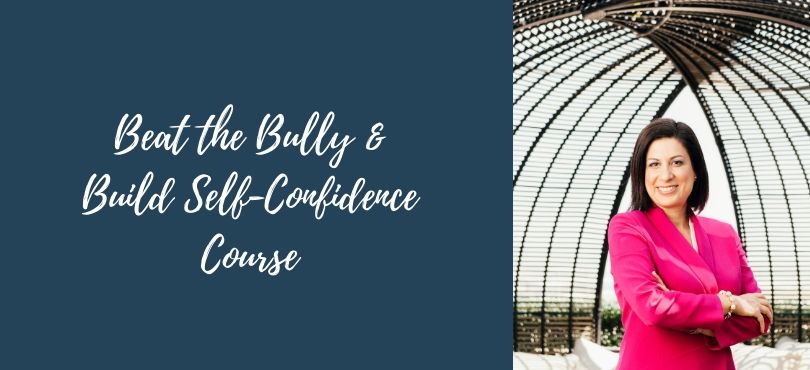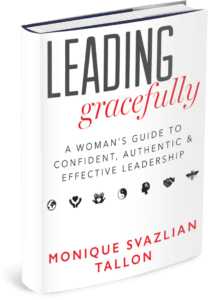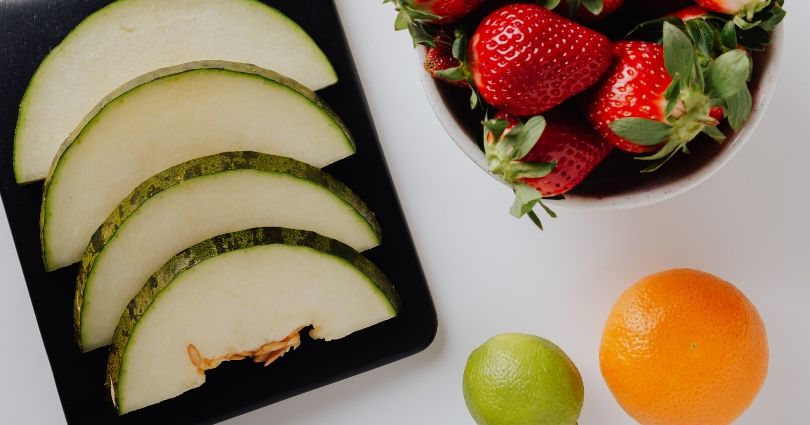10 Simple Ways to Practice Mindfulness In Our Daily Life
“Look past your thoughts, so you may drink the pure nectar of This Moment.” – Rumi
These days as we are all learning to adapt to a new normal of staying indoors, I’ve been personally finding it difficult to focus on what is going right with the world instead of what is going wrong. I find myself sometimes getting sucked into hours of scrolling through my social media feed to read the latest news (which is mostly all terrible) or to feel more connected to friends and family. With all the unknowns of what the future holds, it’s easy to get stuck in negative feedback loops which ultimately breed stress in the body. And right now stress is the last thing we need if we want to boost our immune systems and keep a healthy mental state.

So in this blog post, I want to talk about how to train your brain through mindfulness practices to stay focused on the positive, lower stress, and keep yourself mentally healthy during this uncertain time we’re going through.
What is Mindfulness?
Mindfulness is the ability to stay in the present moment and to focus your thoughts on what is happening in the here and now. It’s our ability to not think about the past or the future but to instead observe what is happening in the moment.
Why Should We Practice Mindfulness?
There have been many prominent teachers like Deepak Chopra or Eckhart Tolle and others who teach us about the power of mindfulness and why it’s so important to incorporate it into our daily practice. It has many proven benefits from reducing anxiety, depression and chronic pain to improving sleep and reducing stress. Mindfulness also helps us in achieving our goals such as weight-loss or starting a new project. And from a leadership perspective, mindfulness can help us stay centered in order to more effectively manage people or deal with external challenges. All in all, mindfulness is an important practice for us to cultivate to lead happy and meaningful lives.
But it’s not something that comes naturally for us especially with the many distractions that take our attention and focus elsewhere. Most of us are now addicted to our technology and have less ability to focus our attention for a long period of time. We constantly check our news feed, email or texts and are bombarded with information overload. The day goes by without us even checking in with ourselves, let alone spending time practicing mindfulness, which ironically ends up making us feel disconnected and unhappy. And when we do slow down we tend to feel guilty for doing so, like there’s some kind of rule that tells us we need to be busy in every given moment to be productive and make the most of each minute.
The result of this is we become much more susceptible to bad news, misinformation and anxiety which drag us down both mentally and physically. We end up being uncomfortable with just being with ourselves, we lose our connection to something bigger or to our inner power. We lose our ability to create our future consciously through focusing on what’s working for us right now.
Cultivating Mindfulness in our Daily Lives
Since breaking our addiction to technology is a much bigger task (and a topic for another blog), we need to build practices in our daily lives to bring ourselves back to what really matters. Although nothing beats a good mindfulness meditation it can sometimes be difficult to squeeze in a 20-30 minute meditation in our busy lives. Instead, we can build micro-practices throughout the day to focus our attention.
Here are my top 10 mindfulness activities you can practice throughout the day:
“With mindfulness, you can establish yourself in the present in order to touch the wonders of life that are available in that moment.” – Thich Nhat Hanh.
1. Practice gratitude
When we practice gratitude, we have to focus our attention to what is positive in our lives in the present moment. It gently brings the good stuff to the forefront of our mind so that we are able to more easily come back into the now moment, instead of fretting about the future or rehashing the past. By focusing on the positive we then become more available to create a more positive future.
2. Check in with your body
The body functions without your participation – you breathe automatically, your heart beats continuously and your bodily functions keep going regardless of what you do. But the body is constantly sending us messages through sensations in the body. Take a moment and check in with your body – what do you notice?
Where are you holding tension? Do you have aches or pains? Do you feel heavy or light? Bringing your attention to your body can help realign your attention to the present but also connects you to the information you need to take better care of your body. For more tips on how to lean into body wisdom, you can check out my new course on building more confidence.
3. Pay attention to your heart
Our emotions are another way the body communicates with us at any given moment. Throughout the day, you might experience a range of emotions from sadness to joy. By checking in with your heart where your emotions originate, you come into more coherence with yourself. My favorite resource for this is the Heart Math Institute that has done decades of research on the power of the heart and how it affects not only our individual health but the well-being of others.
4. Fire up your five senses
One of the simplest ways of staying mindful is to bring your attention to the present moment. Stop what you are doing for a moment and observe what is going on around you. What noises do you hear? What scents do you smell? What are others around you doing? Wherever you are, whatever you’re doing, put your full attention there and observe it through your five senses for a few moments to practice bringing your mind to the now moment.
5. Practice the centering exercise
One of the best exercises I teach my clients is a short 30 second practice called the Centering Exercise that helps you tune into your body and into the present moment through centering. Here’s a quick video that runs you through the step by step process on how to do it. You can also find it featured in my book, Leading Gracefully. It’s a great exercise for leaders, managers, entrepreneurs and busy moms!
6. Focus on your breath
Another access point to bringing our attention to the moment is by focusing on our breath. The breath is happening with or without our conscious awareness, but by bringing our attention to our breath we can help our mind focus. Notice how you are breathing. Is it shallow or deep? Take five deep belly breaths and focus your attention on your inhale and exhale. Repeat that three times and practice it multiple times during the day.
7. Observe your thoughts
Here’s a fun game – stop what you’re doing and start observing your thoughts. Can you do that? What do you notice? Try it and see what happens!
8. Mindful eating
Another time to focus on the present moment is when we eat. Most of the time we aren’t paying attention to the food we eat because we’re eating at our desk, watching a Youtube video or reading while we eat. But research has shown that when we eat with more mindfulness, we digest our food better which helps get more vitamins and minerals and aids in overall digestive health.
So next time you sit down for a meal, put down the phone, chew your food mindfully and notice how you eat. Do you eat fast or slow? Do you chew your food or inhale it? What does your food taste like? What you discover might even inspire you to take up an online cooking class!
9. Practice active listening
Most of the time when others speak we are in our heads trying to think of how we are going to respond. We tune out about halfway before the person is even finished with their thought. Next time you have a conversation, try active listening where you are putting your full attention on the other person. Listen with your ears, heart and intuition. Practice mindful listening and observe whether the quality of your conversations change.
10. Observe your surroundings
I like practicing this when I’m outdoors – just focusing on what is happening around me. Notice the traffic. Focus on the people walking by. Notice a beautiful flower. The wind in your hair. The sun on your face. You can practice this when you’re going for a walk or a hike or just sitting on your patio or from your yard if you’re homebound.
I hope these simple exercises help give you access to the world of mindfulness without having to read books or sit through long meditations. Of course those are great mindfulness activities if you have the time, but I find it easier to make practicing mindfulness part of my daily activities so I can train my mind and stay more positive, feel happier and be in charge of what I choose to attract to myself by staying in the here and now.
Do you have any tips or exercises that help you stay mindful? Share them in the comments below!
The Power of Mindfulness: What You Practice Grows Stronger | Shauna Shapiro
“In today’s rush, we all think too much–seek too much–want too much–and forget about the joy of just being.” – Eckhart Tolle















